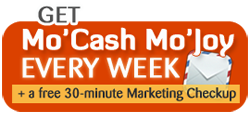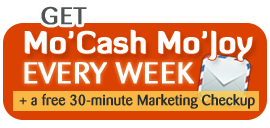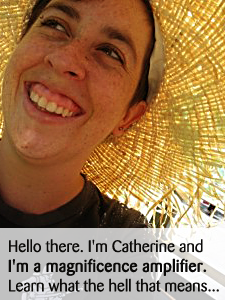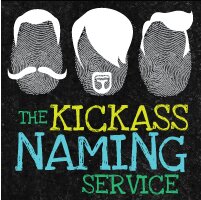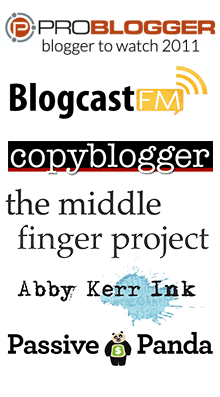Bill was a truck driver for thirty-seven years. He enjoyed his job, but he was grateful when he retired and suddenly had the time to do all the things he’d meant to get done but never had the time for.
Thus we find Bill at the bookshop, looking for books on making bread.
He found two possibilities. Each of them has its own path.
15 Easy Bread Recipes
“Excellent,” says Bill. “I want bread, I want it to be easy.”
He bought the book, took it home, and immediately started baking. He followed the colour instructions assiduously and within a few hours he’d created a loaf of excellent bread.
The bread was delicious. Bill was elated.
Bill, always a diligent soul, tried the recipes one by one until he settled on his four favourites. He confidently expected to keep baking one of the four every day.
For a month things went deliciously well.
Then one day the plumbing – always unreliable – delivered hot water instead of lukewarm when Bill was measuring, and he said, “Ah, what’ll it matter? I’m off to play soccer with the grandkids, I can’t be arsed playing around with the hot taps all day.” So he used hot water, and was perplexed and angry when the bread was a flat-out disaster (literally).
Then a few weeks later the bread didn’t rise as much as usual, and Bill had no idea why. He rechecked his ingredients, threw out the yeast and bought more, but it kept happening. He muttered around in the kitchen until his wife Claire got alarmed.
Also, he wished there had been a reciple for cheese loaf in the book. And he and Claire loved sourbread dinner rolls, but he didn’t know how to make them.
There are three possible endings to this path.
- Bill puts up with the myriad small problems and lack of cheese bread recipes. It’s never perfectly right, but he makes do.
- Bill gets frustrated and stops baking.
- Bill goes back to the bookshop and buys the other book he’d been considering.
How To Make Bread
“Excellent,” says Bill. “I love knowing how things work, and I want to make bread.”
He bought the book, took it home, and sat down to read for the rest of the day. He wrote some notes and told Claire about yeast. The next day, he used the four basic ingredients to make a standard loaf.
The bread was delicious. Bill was elated.
Bill, always a diligent soul, experimented each day with adding new ingredients, altering the proportions, tweaking the temperature and the time. Soon he had ten amazing recipes and he confidently expected to keep baking one of them every day.
Then one day the plumbing – always unreliable – delivered hot water instead of lukewarm when Bill was measuring, and he said, “Ah dammit. The grandkids are coming over to play soccer, but I have to fiddle with these fucking hot taps in order to get the water lukewarm so it won’t kill the yeast. Stupid plumbing.” But at least the loaf was as good as it always was.
Then a few weeks later the bread didn’t rise as much as usual, and Bill was perplexed for five minutes. He checked the expiration date on the yeast and the flour, wrinkled his brows… and then he realised there had been a cold snap that morning. He put the dough on the windowsill for an extra half hour and when he came back it had risen perfectly.
A few weeks later he started the Great Cheese Bread Experiment. It took thirty-two attempts and the realisation that you can grill the top of the loaf so the cheese melts perfectly to get it quite right, but it was definitely worth it. Then the Great Sourdough Dinner Roll Experiment began.
Bill became known as Baker Bill. Claire joked it was because he was crusty but warm.
The moral of the story
You can teach recipes, or you can teach frameworks.
Recipes
Recipes are step-by-step instructions: first do this, then do that. (Blueprints, step-by-step guides, how-to courses, plans – these are all recipes.)
On the upside, they are great at delivering a quick win. You don’t deliberate, you just get it done.
On the downside, recipes are very inflexible and don’t tend to grow with your skills.
Recipes are often used for a while then abandoned as the downsides overwhelm the upsides.
Frameworks
Frameworks teach the principles underneath a process: you’ll need one of these, and it must do this in some manner. (Guidelines, How This Works, strategic resources – mostly, although some are just higher-level recipes – and metaphor-driven explorations are all frameworks.)
On the upside, they provide the foundations for mastery. You understand the process, so you can adapt and troubleshoot and improve.
On the downside, frameworks often take longer to deliver external results and require more commitment.
Frameworks endure. Once you know the foundations, your understanding grows more complex over time. You may end up with a much more nuanced framework.
This isn’t about beginner versus advanced.
In this online space, there’s a tendency to create recipes for the beginners. The beginners use the recipes, develop a bit of confidence and skill, then move on to the frameworks when the recipes become constrictive.
But that doesn’t need to be how it goes.
You can teach a step-by-step course on how to meditate (a recipe) or teach the conditions for successful meditation (a framework). Same result, but the second is much more flexible and applicable: if I have lower back problems and can’t get comfortable in lotus position, I can’t follow the recipe. But the framework tells me that I need to sit comfortably with my back lengthened, so I’ll grab some cushions and find a way.
My point: you can teach anything as a recipe or as a framework. CPR is a very complicated set of medical interventions delivered as a recipe. Lego is a framework, which is why it endures far longer than most other toys.
Recipes are so much more common.
Especially in the aspirational market.
It’s easy to sell a “Ten Steps To Exciting Outcome”. Possibly it’s easier than “Learn How You Can Achieve Exciting Outcome”.
So why do I sell frameworks instead of recipes?
Because frameworks are transformational, and I am all about transformation. People can buy DIY Magnificence and use it on their first day of a new business, three years in, or a HUNDRED and three years in, and it will be of service to them. That makes me feel fantastic.
Oh, and because frameworks don’t change much. If you create recipe resources you have to expect they’ll need regular updating – I give it three weeks before there’s a “Google+ Blueprint”, and I am writing this while Google+ is still in beta. Will it last? If it doesn’t that recipe becomes useless. (But a framework on how to create great connections is never going out of style.)
You get to choose.
You get to choose whether to create information resources as a framework or as a recipe.
You get to choose whether you BUY information resources as a framework or as a recipe.
And that is a glorious opportunity for us all.
P.S. Want to see my latest framework? It’s called Cash and Joy Foundations, and it is AMAZING.
![]() photo credit:
photo credit:

